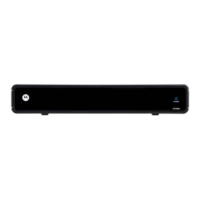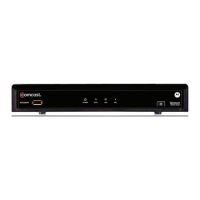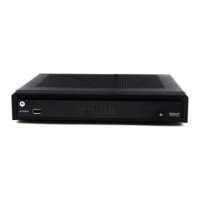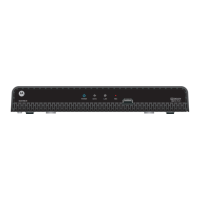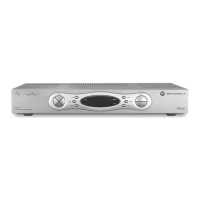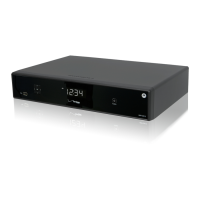B
During Installation
• Do not place the terminal in an enclosed area where the cooling vents are blocked or
impede the flow of air through the ventilation openings.
• Install the terminal so that its position does not interfere with its proper ventilation.
For example, do not place the terminal on a bed, sofa, rug, or similar surface that
could block the ventilation openings.
• Install the terminal away from heat sources such as radiators, heat registers and
stoves. Installation of the terminal near consumer electronics devices, such as
stereo receiver/amplifiers and televisions, is permitted as long as the air surrounding
the terminal does not exceed 40º C (104º F).
• Place the terminal on a flat surface not prone to vibration or impact.
• Do not install the terminal in an area where condensation occurs.
• To prevent the temporary loss of guide data and cause a temporarily non-responding
terminal, do not plug the AC power cord into a switched power outlet.
• To avoid shock and vibration damage to the internal hard drive, do not move the
terminal while it is plugged in.
• To allow the hard drive to spin down and park its heads, wait at least 10 seconds
after disconnecting power before moving the terminal.
FCC COMPLIANCE
Note: This equipment has been tested and found to comply with the limits for a Class B
digital device, pursuant to part 15 of the FCC Rules. These limits are designed to provide
reasonable protection against harmful interference in a residential installation. This
equipment uses and can radiate radio frequency energy and, if not installed and used in
accordance with the instructions, may cause harmful interference to radio
communications. However, there is no guarantee that interference will not occur in a
particular installation. If this equipment does cause harmful interference to radio or
television reception, which can be determined by turning the equipment off and on, the
user is encouraged to try to correct the interference by one or more of the following
measures:
• Reorient or relocate the receiving antenna.
• Increase the separation between the equipment and set-top.
• Connect the equipment into an outlet on a circuit different from that to which the
set-top is connected.
• Consult the dealer or an experienced radio/TV technician for help.
iii
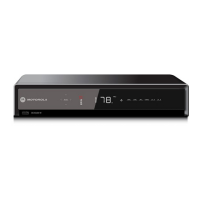
